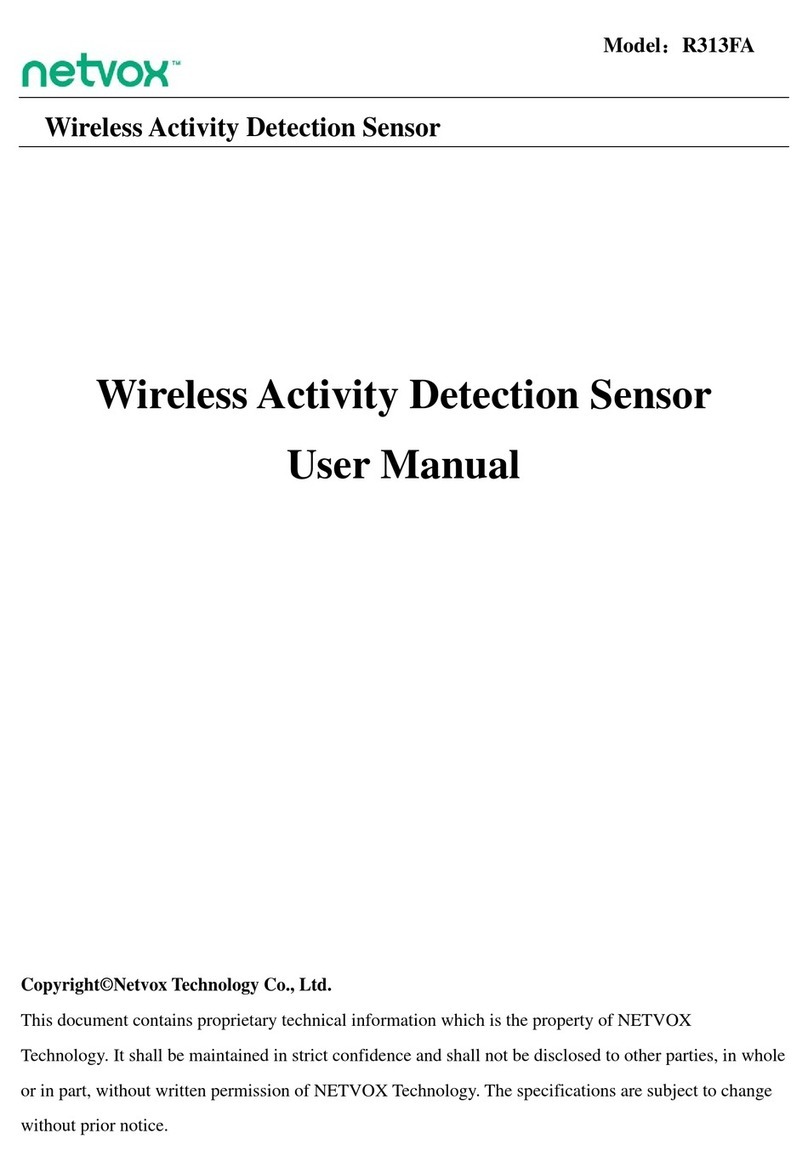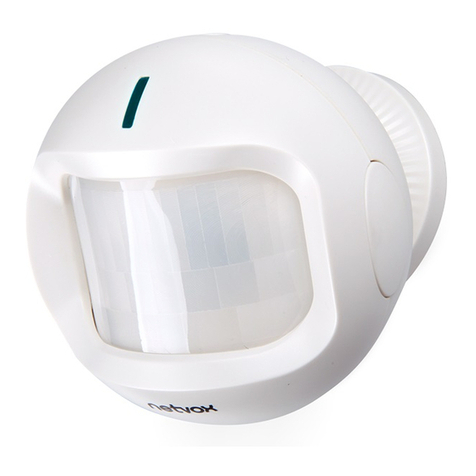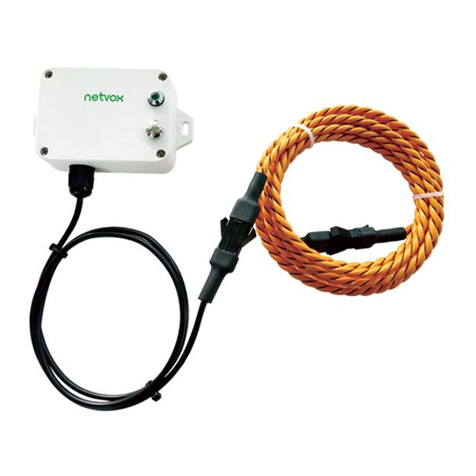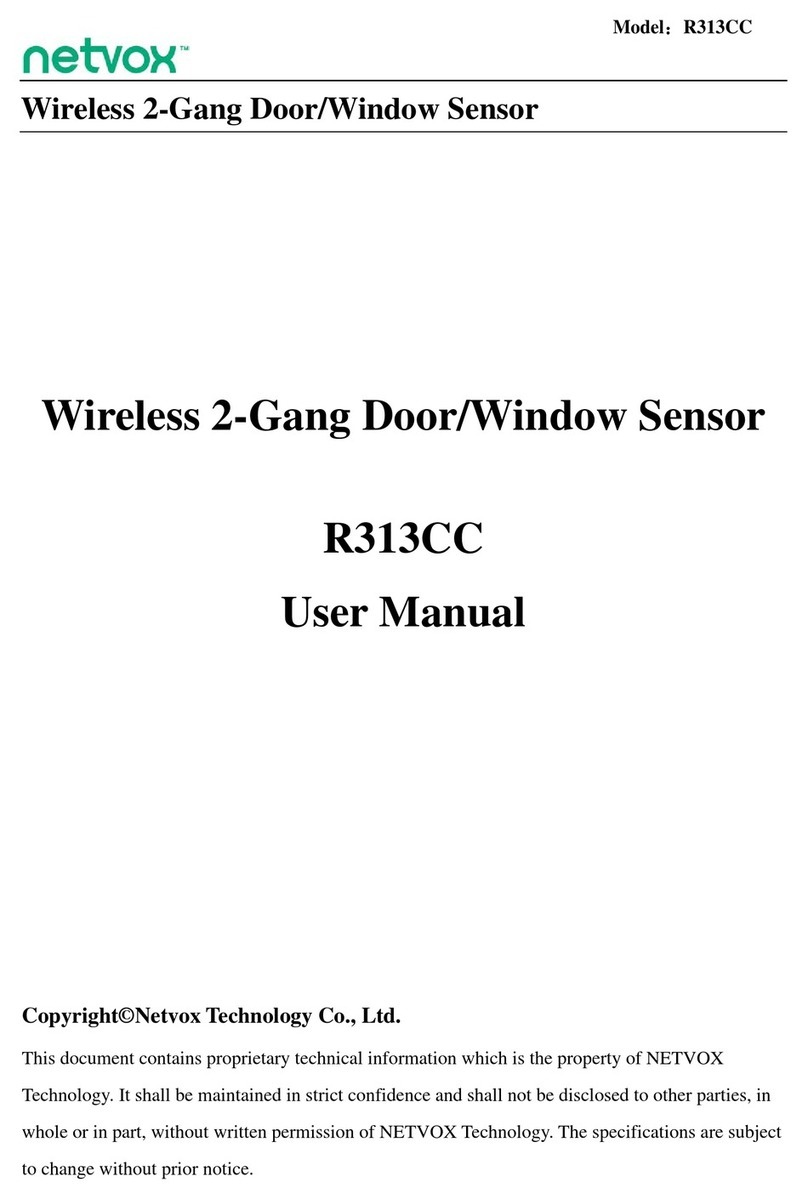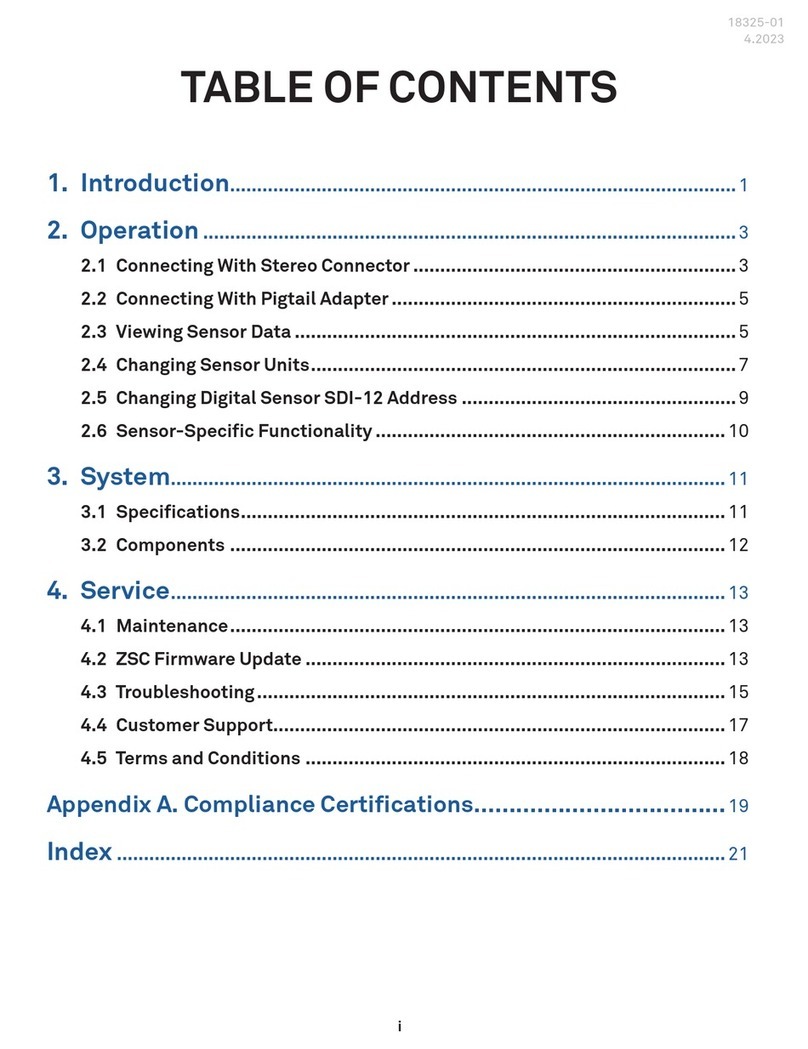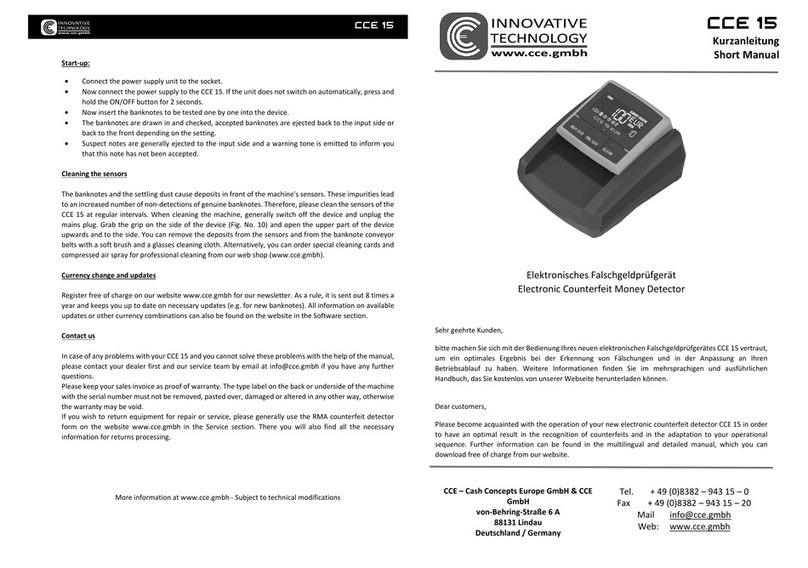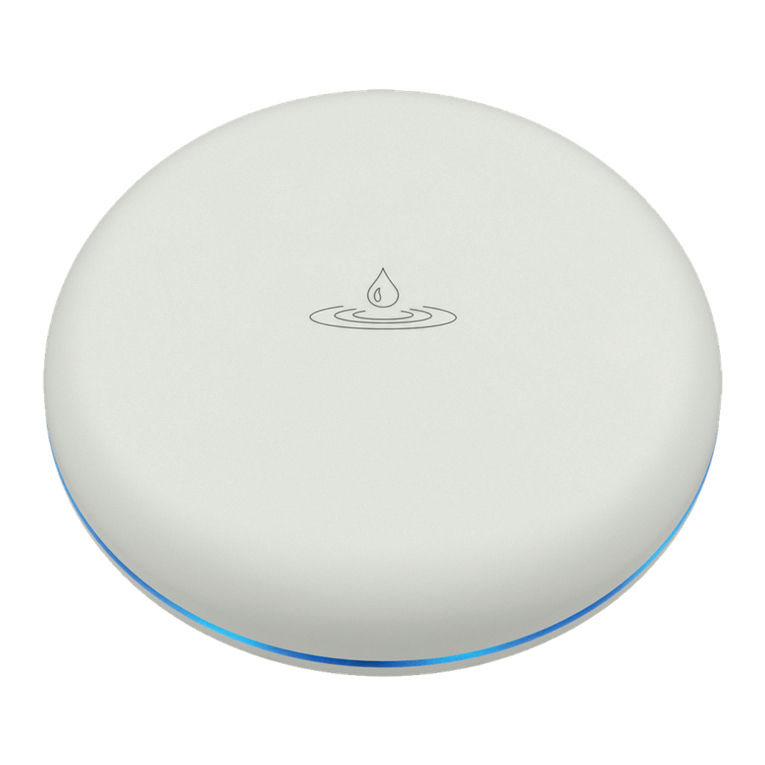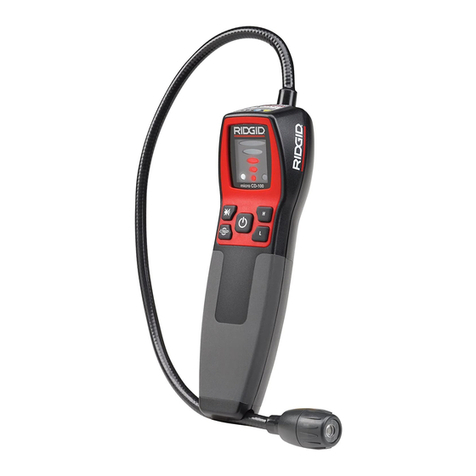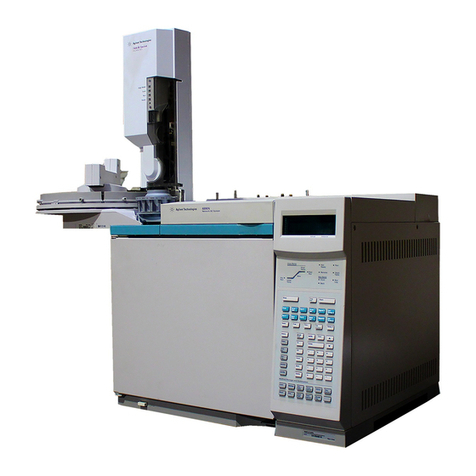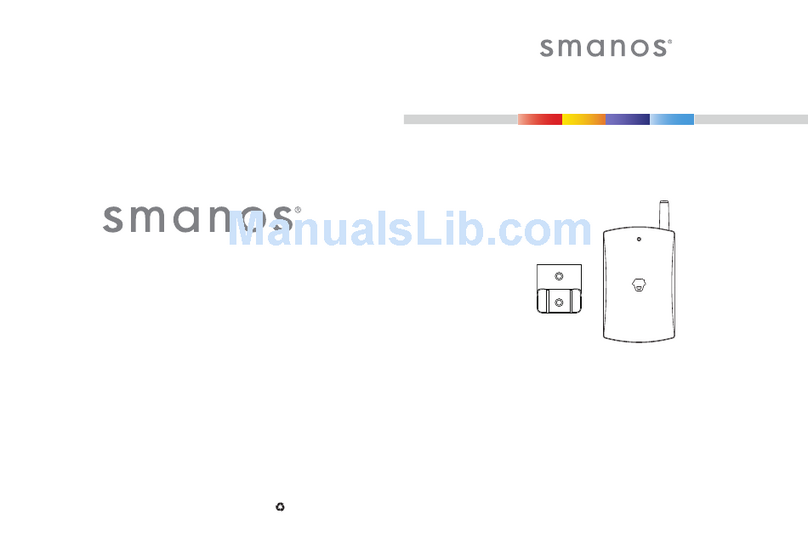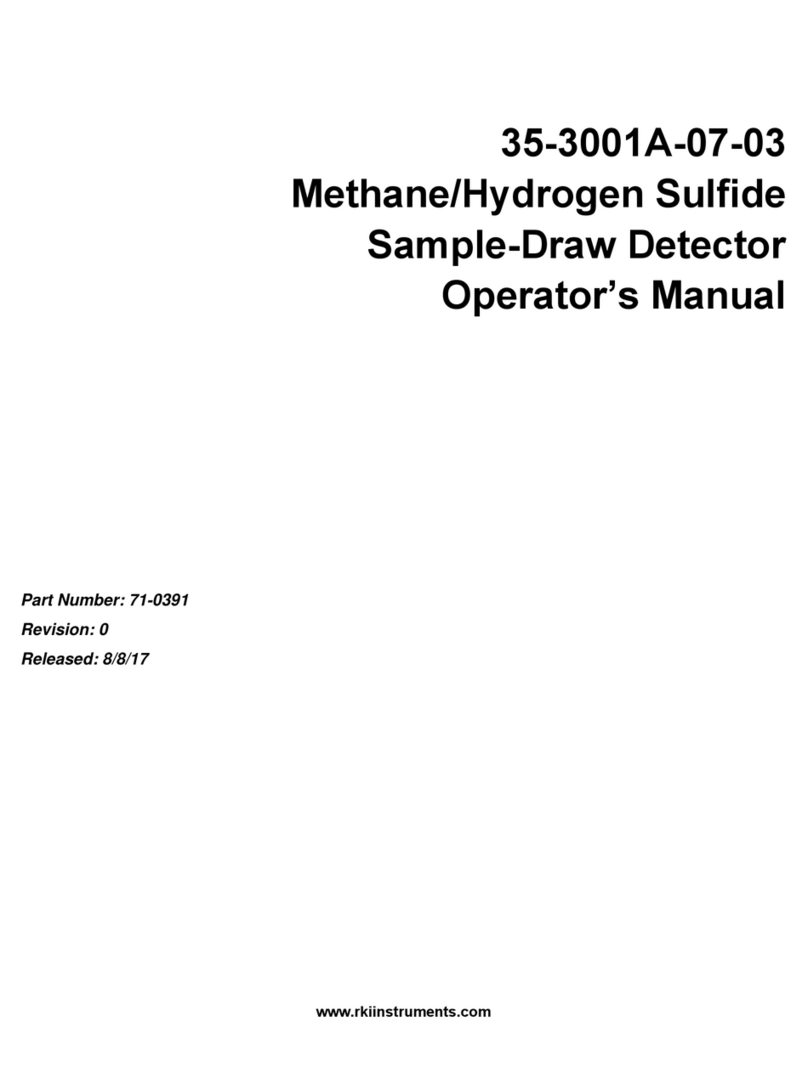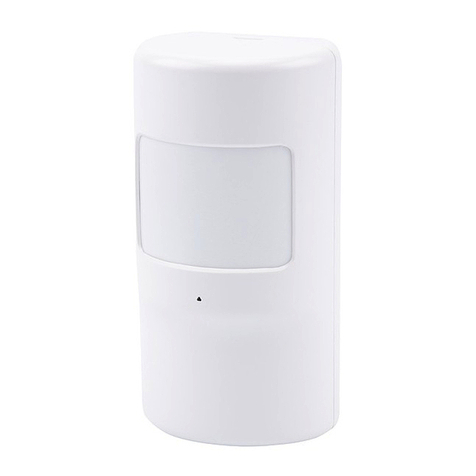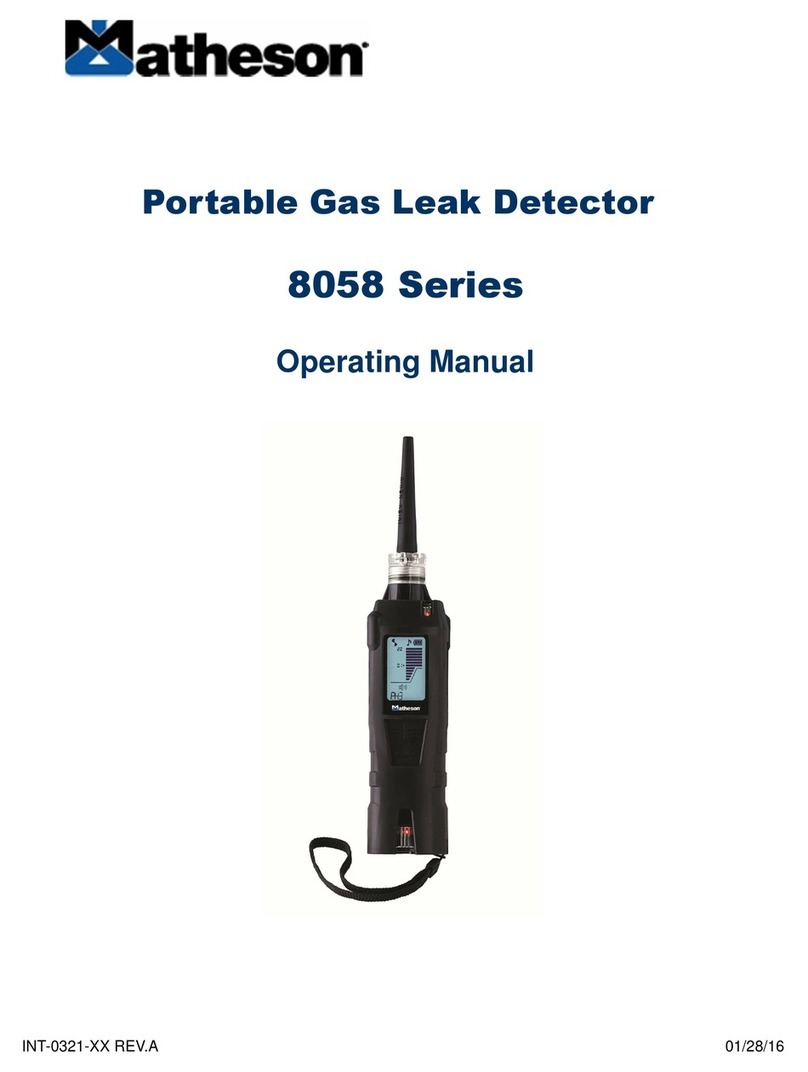netvox RA02C User manual










Other manuals for RA02C
1
Table of contents
Other netvox Security Sensor manuals
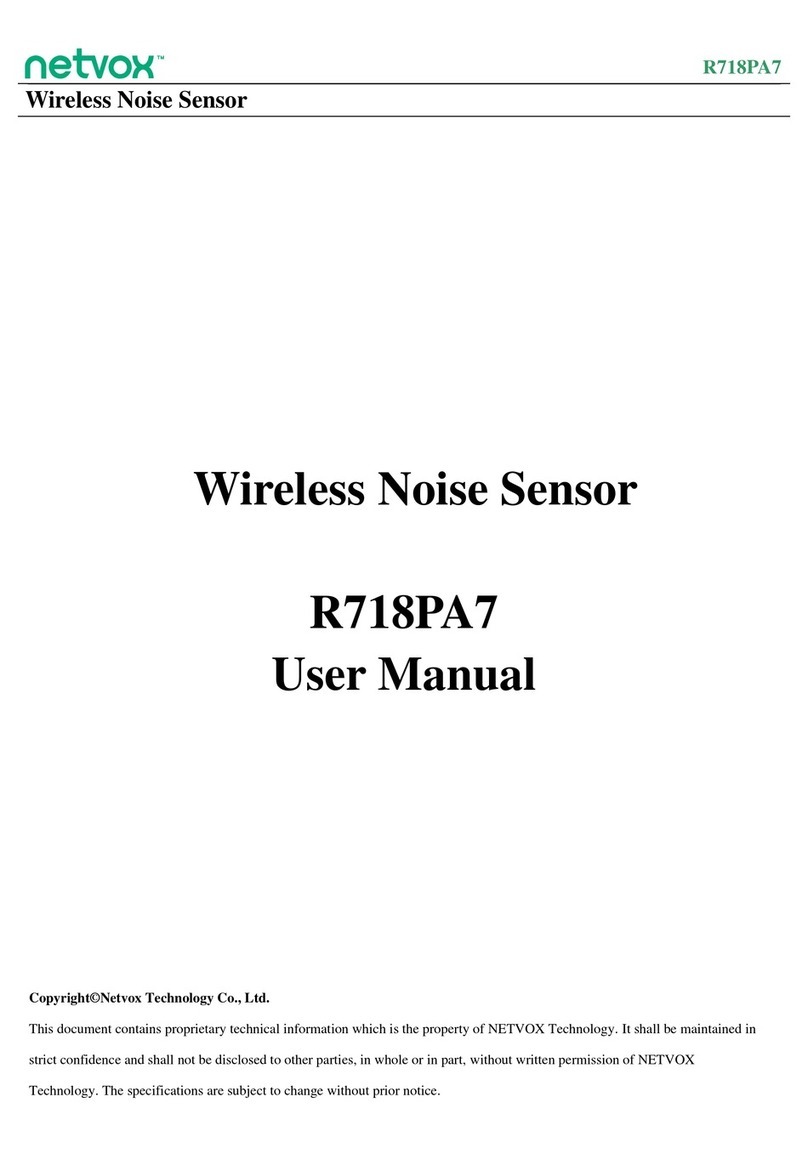
netvox
netvox R718PA7 User manual
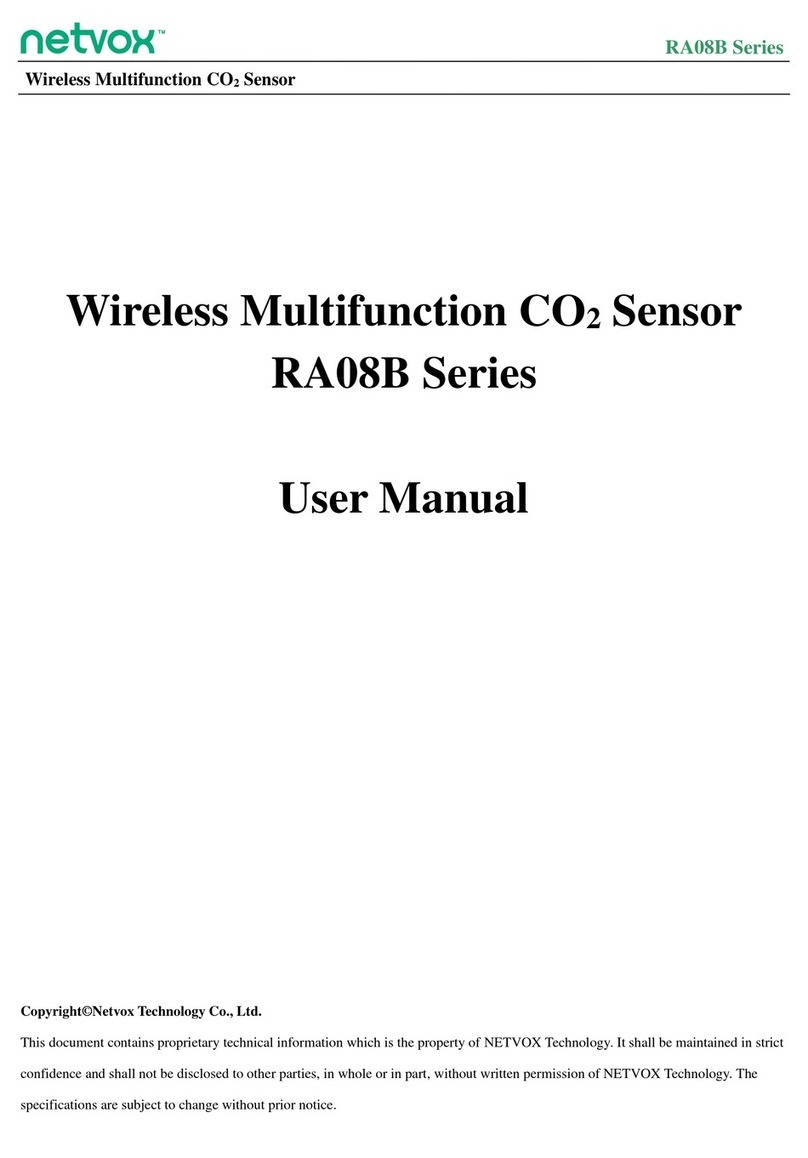
netvox
netvox RA08B Series User manual
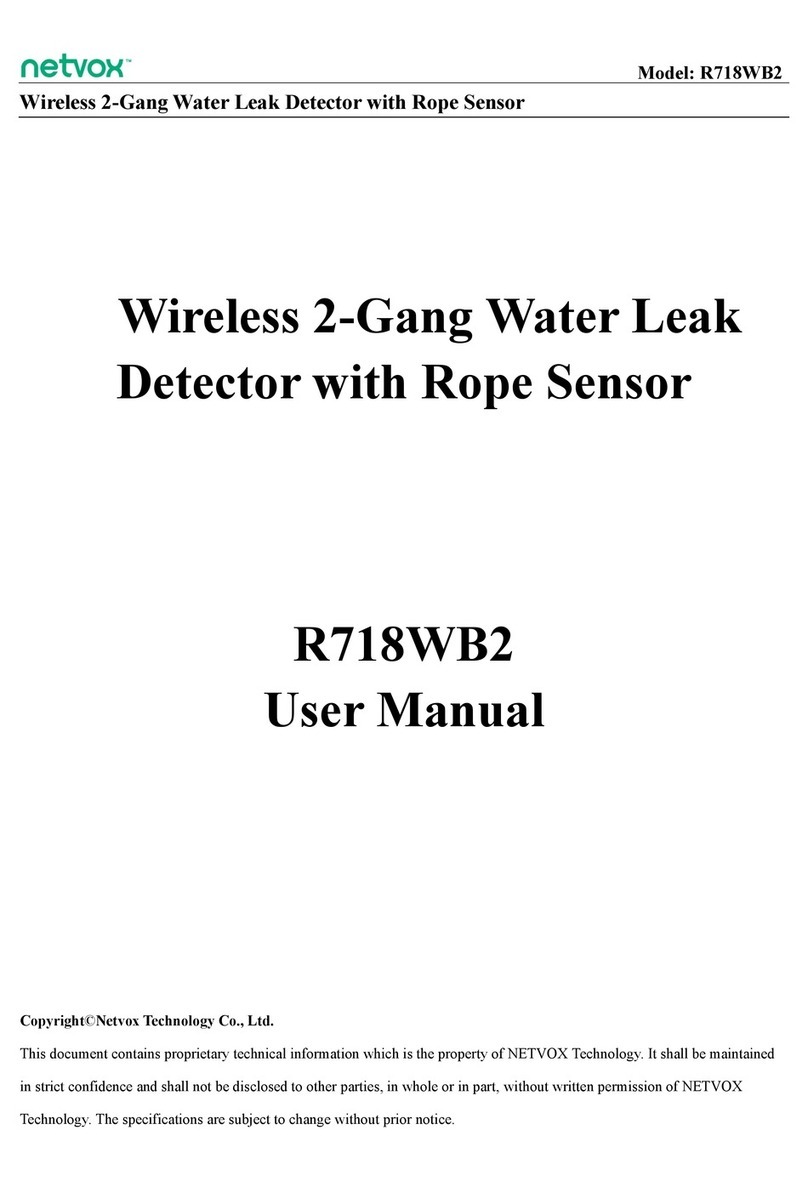
netvox
netvox R718WB2 User manual
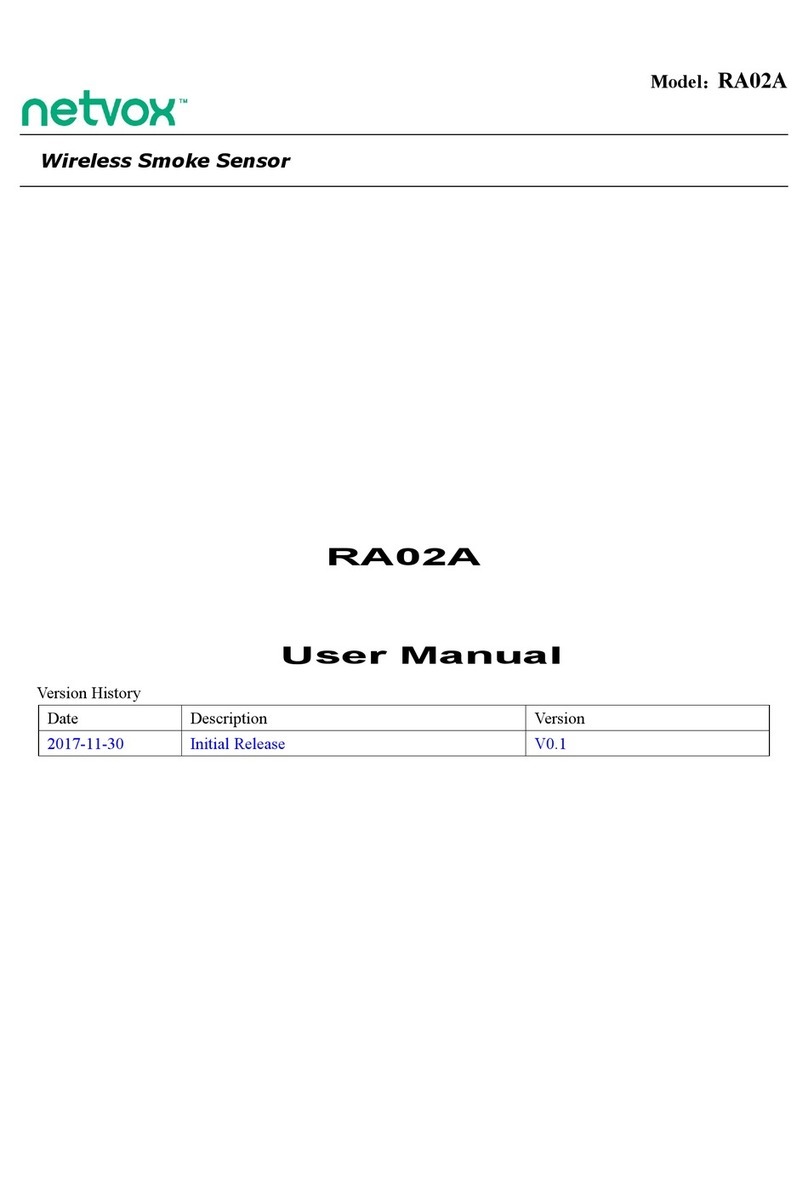
netvox
netvox RA02A User manual
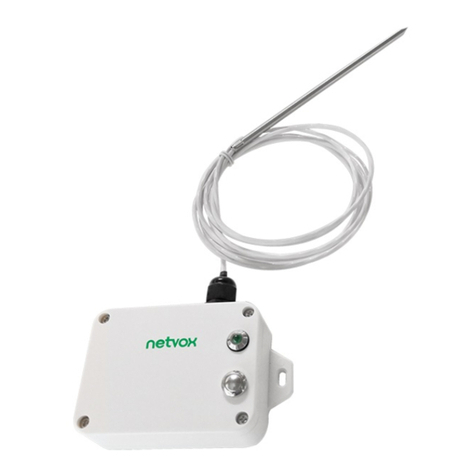
netvox
netvox R718B User manual

netvox
netvox R719A User manual
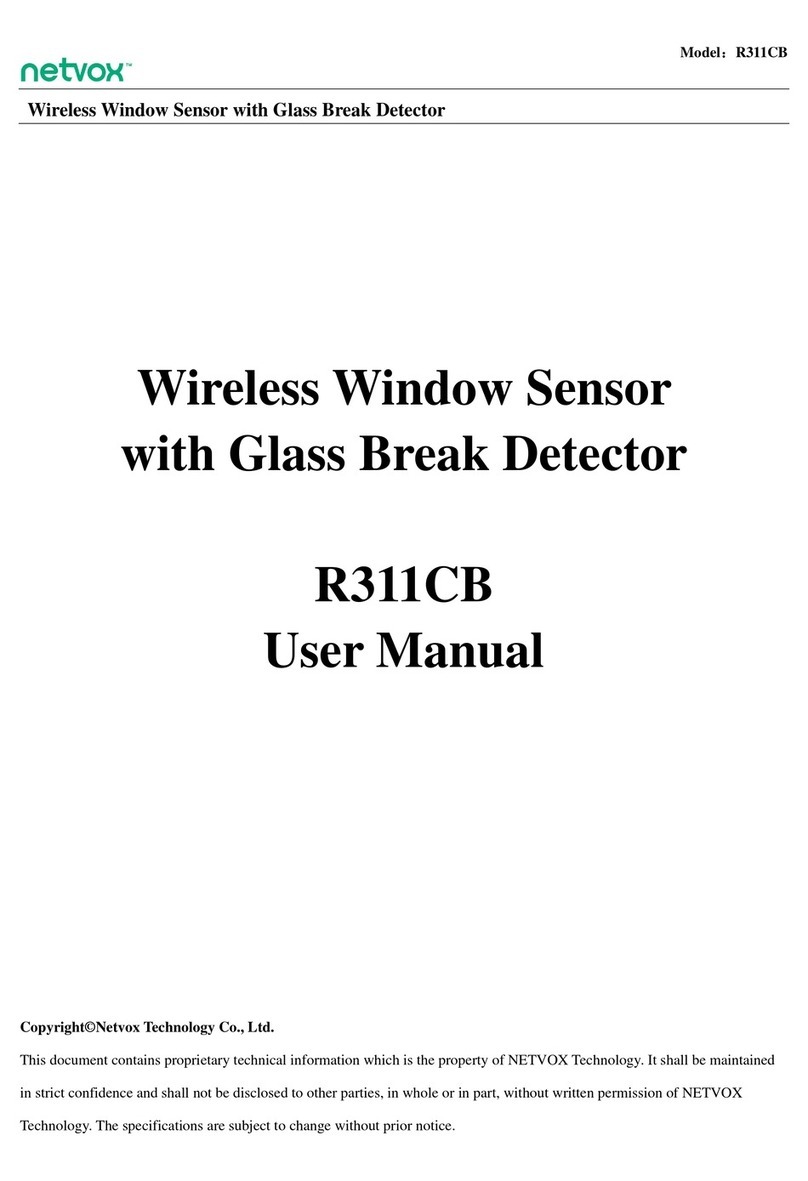
netvox
netvox R311CB User manual
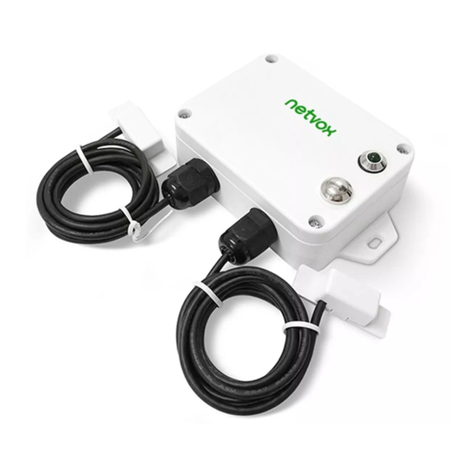
netvox
netvox R718WA2 User manual
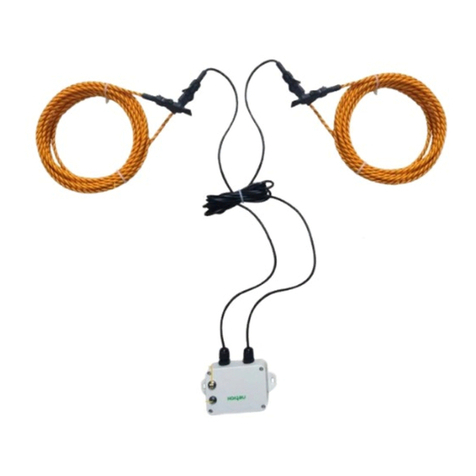
netvox
netvox R718WB2 User manual

netvox
netvox S31501 User manual
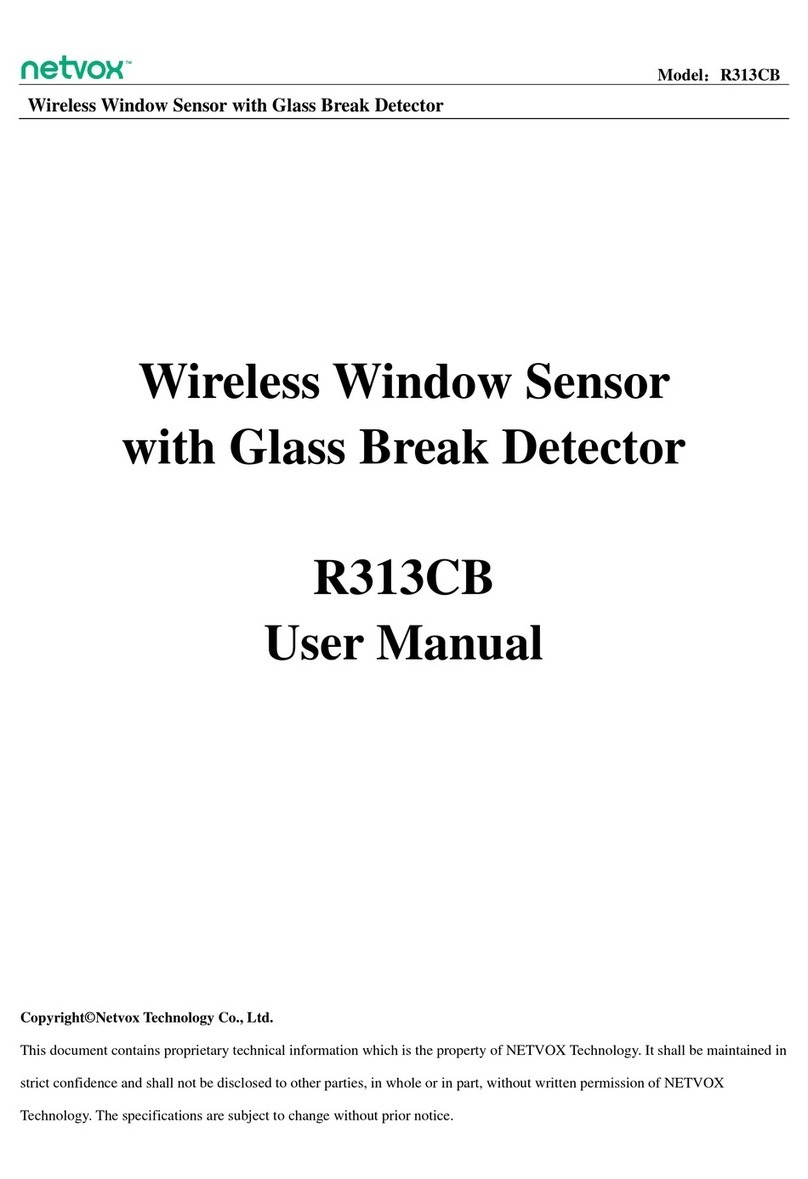
netvox
netvox R313CB User manual
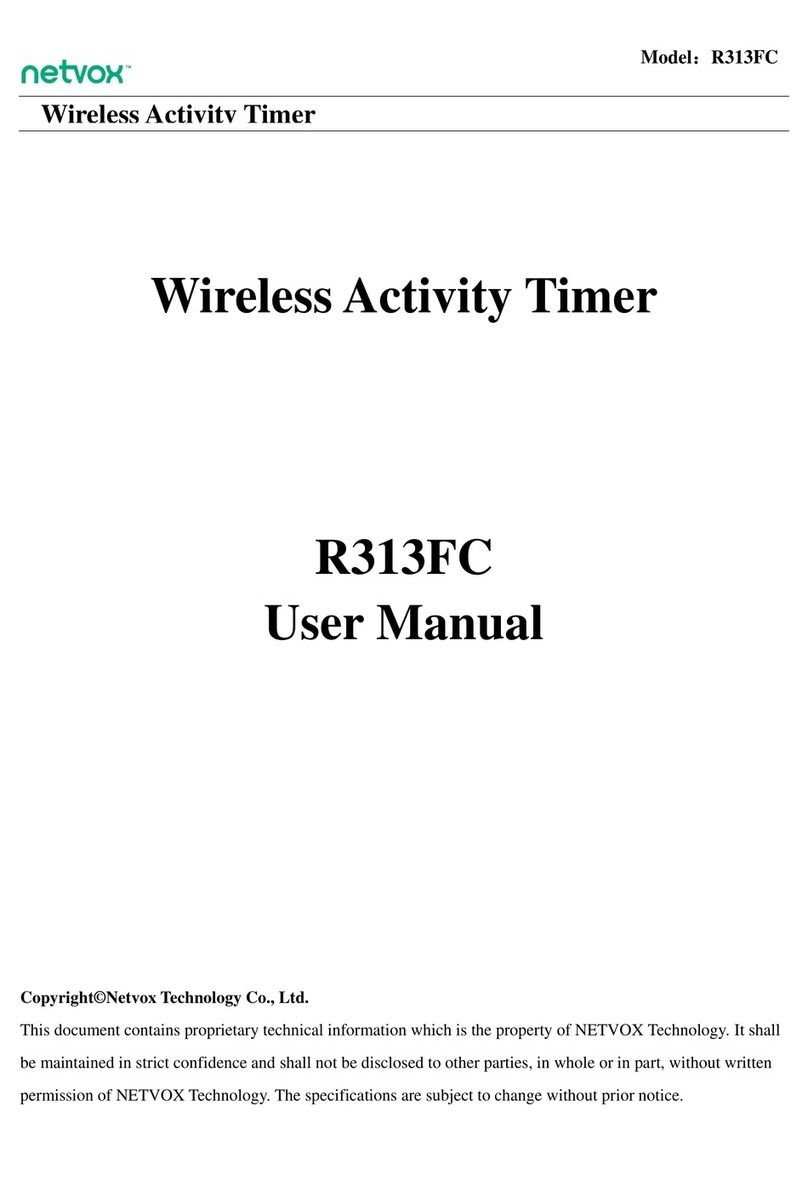
netvox
netvox R313FC User manual
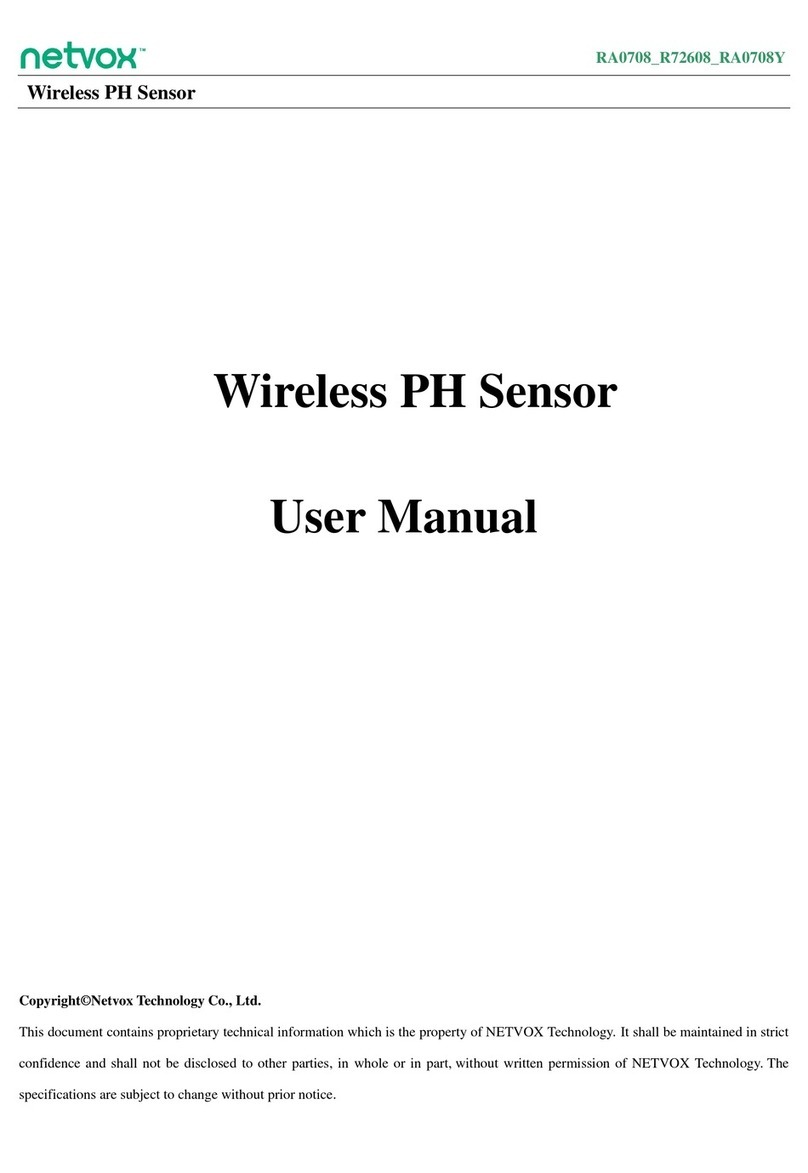
netvox
netvox RA0708 User manual
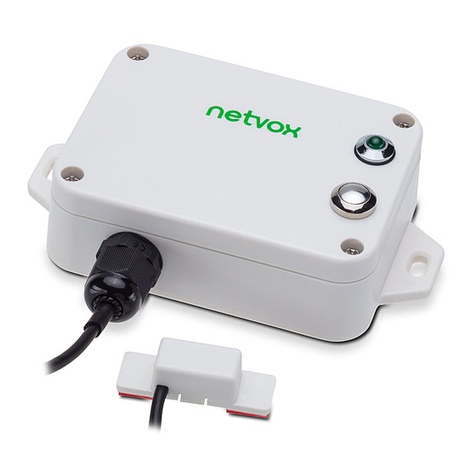
netvox
netvox R718WA User manual
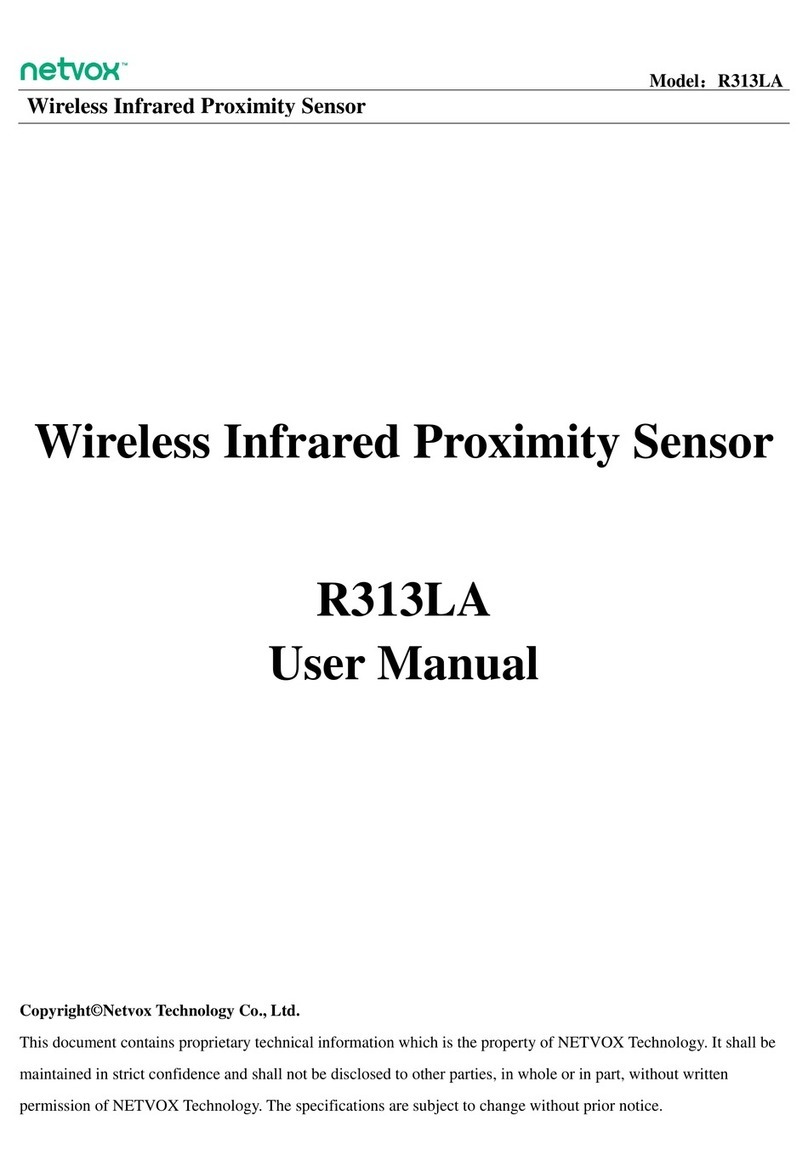
netvox
netvox R313LA User manual
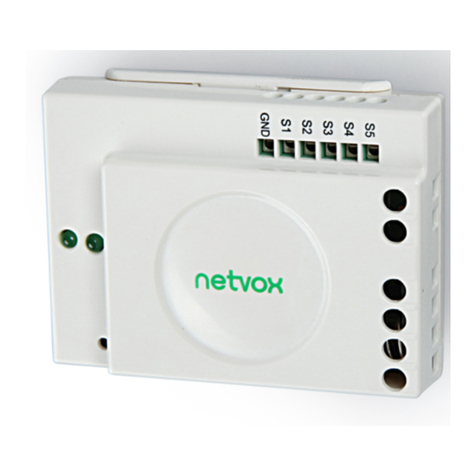
netvox
netvox Z801TXB User manual
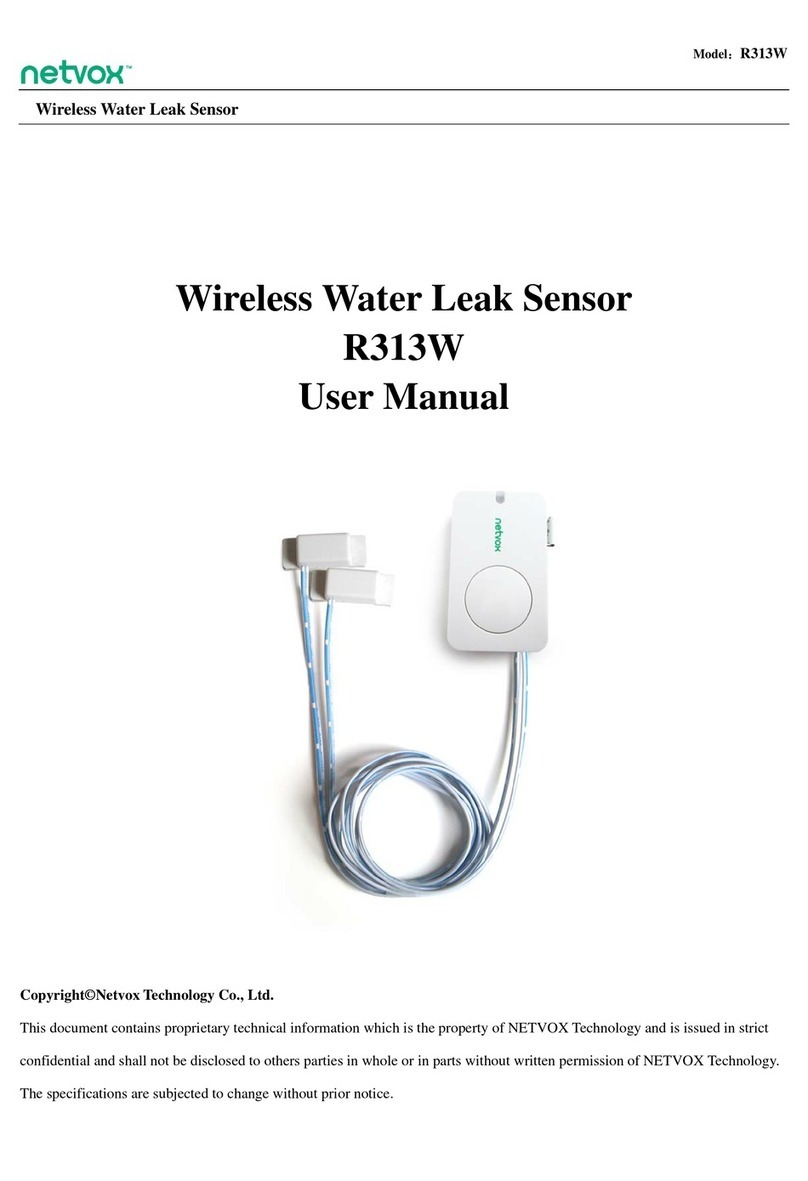
netvox
netvox R313W User manual
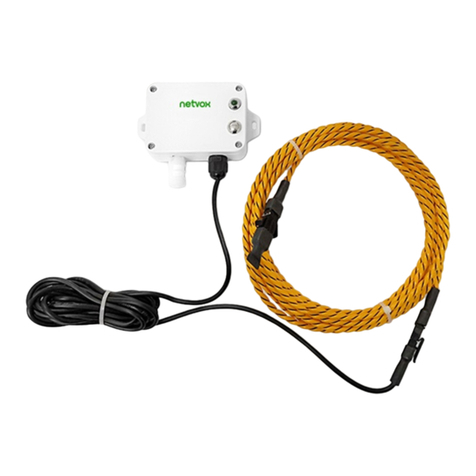
netvox
netvox R718WBA User manual

netvox
netvox R718WB User manual

netvox
netvox RA08B Series User manual
Popular Security Sensor manuals by other brands
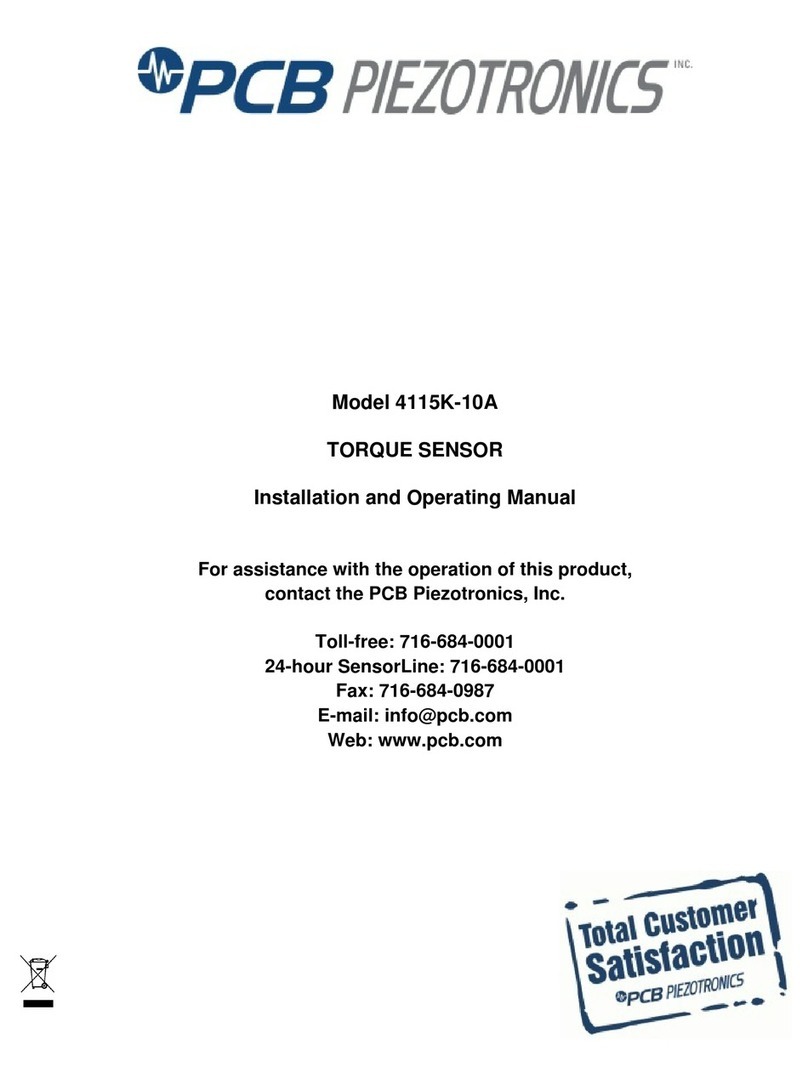
PCB Piezotronics
PCB Piezotronics 4115K-10A Installation and operating manual
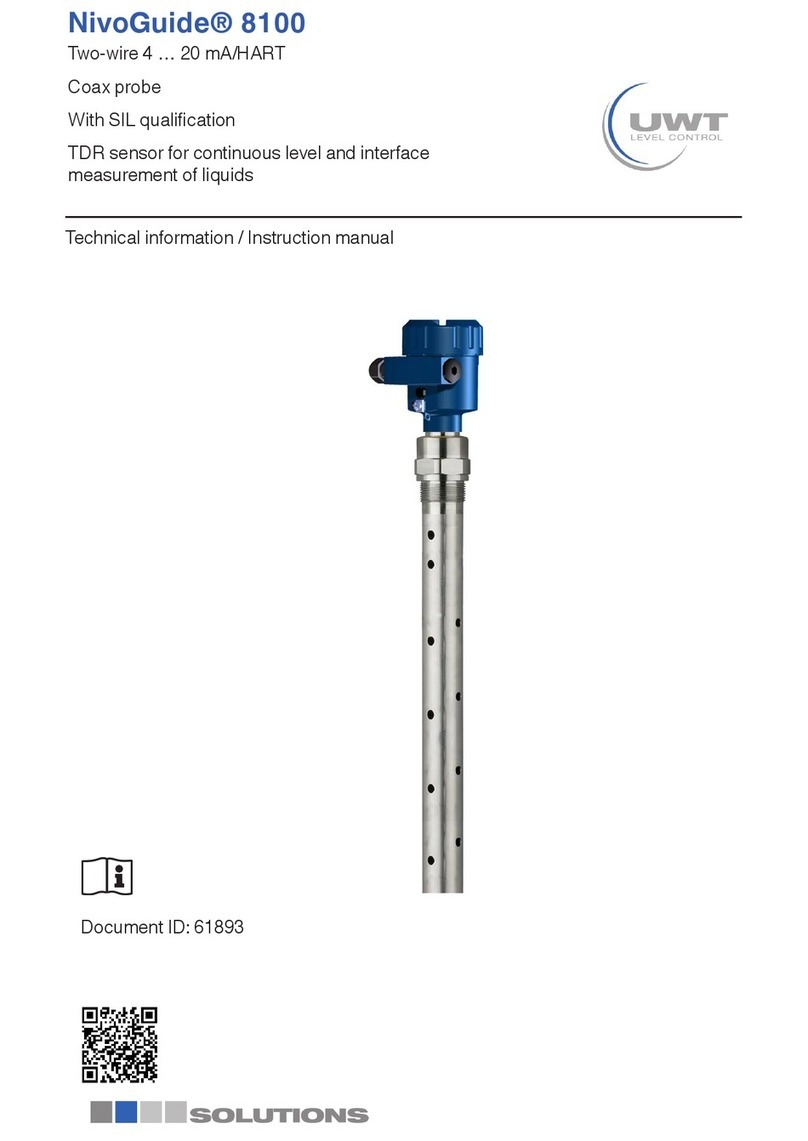
Solutions
Solutions UWT NivoGuide 8100 Technical Information/Instruction manual
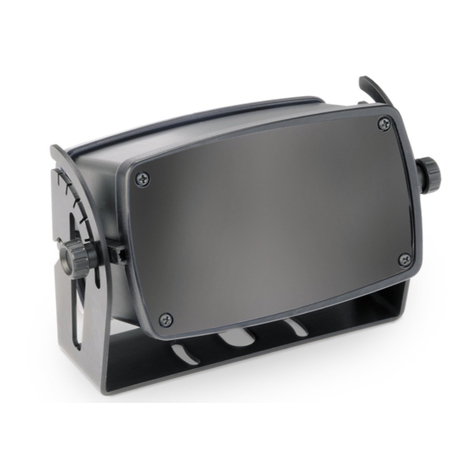
Bircher Reglomat
Bircher Reglomat Herkules 2 Translation of the original operation instruction

elsner elektronik
elsner elektronik Sewi AQS/TH Modbus Technical specifications and installation instructions
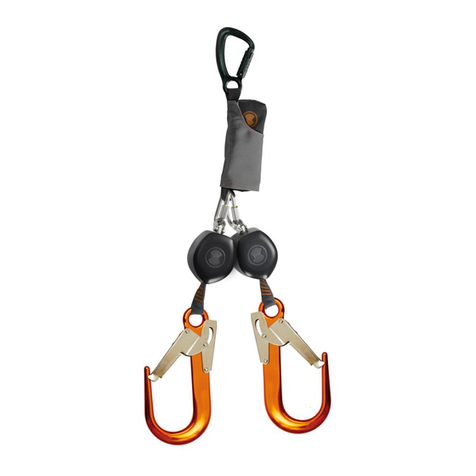
SKYLOTEC
SKYLOTEC PEANUT I Instructions for use
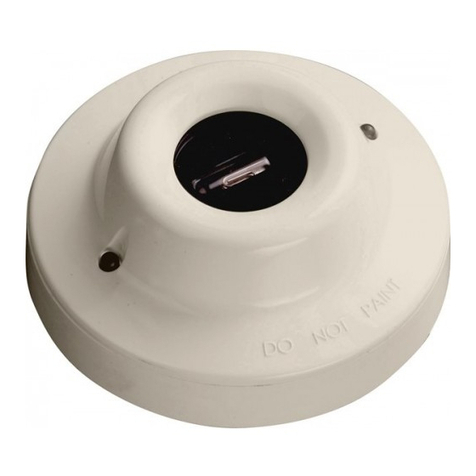
Apollo
Apollo 65 Series installation guide
